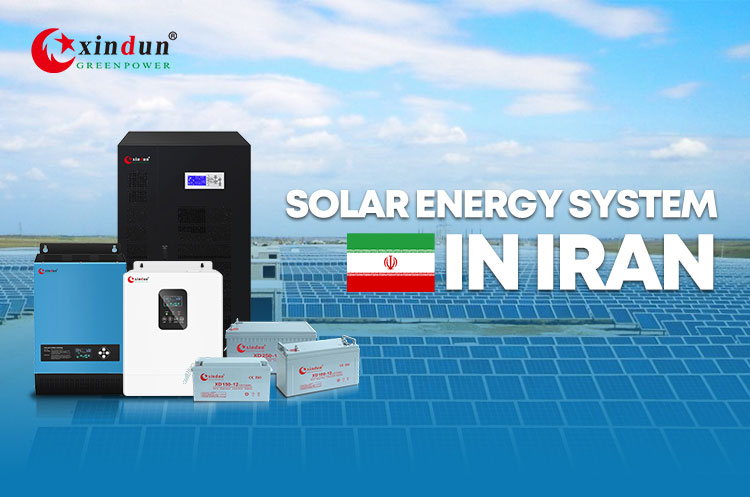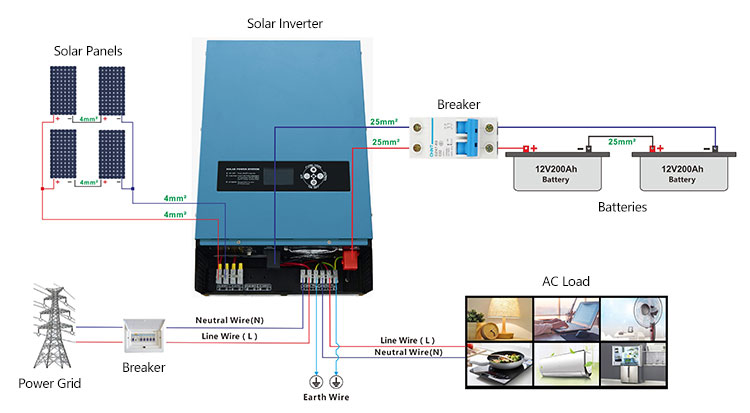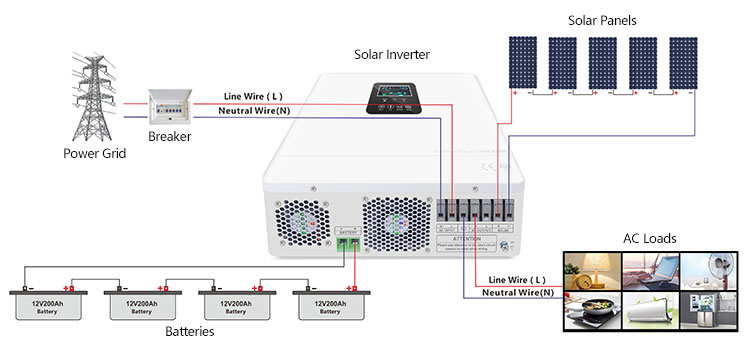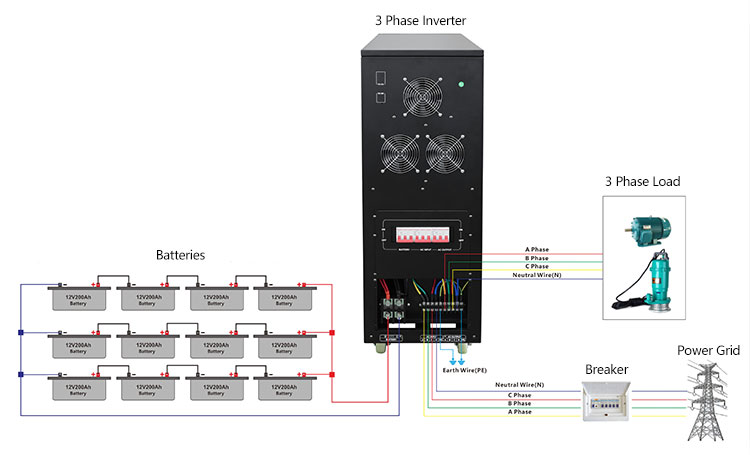

The main reason for the shortage of electricity in Iran is that Iran continues to export natural gas, ignoring the domestic demand for electricity, which has a serious impact on the country's industry, business and residential life. At the same time, Iran is in a state of energy scarcity, and natural gas as Iran's main energy supply raw material is decreasing by about 123 million cubic meters of gas per day. In addition, Iran's power facilities are seriously aging, and the power loss is large, the domestic power generation capacity is 92,000 megawatts, but the operational capacity of the national grid is only about 71,000 megawatts, which means that about 23% of the country's power generation capacity is wasted due to aging and retirement. With all of these factors exacerbating Iran's power shortage, does Iran have any other energy sources to tap besides natural gas?
From the Iran Energy ReCan you send me a PV design for a flat roof top that measures 11 feet wide by 23 feet long. Looking a panels that measure 82 inches long and 42 inches wide. With 1 foot to walk around the PVC systemworld to develop renewable energy. So the question is, does Iran not have the conditions for renewable energy? Of course not, let me tell you more about it, take solar energy as an example.
Iran is located near the equator, in southwest Asia, and has plenty of sunshine. According to statistics, Iran's annual sunshine time exceeds 300 days, and the average solar radiation is about 19.50 (MJ/m²)/day, especially Kerman, Fars, Isfahan and Azd provinces, the annual radiation is as high as 2511 kWh/m 2, these areas are the main gathering place of solar energy resources in Iran, with such superior natural conditions for solar energy. Why is it that solar energy only accounts for 0.05% of Iran's annual electricity generation?
Iran does not have relevant solar installation subsidy policies and conditions to attract foreign investment, which further limits the ability of domestic enterprises to undertake medium to large scale solar projects. In addition, Iran's solar product research and development technology is backward, and most of its people do not understand the principle of solar power generation. But in fact, the choice of solar energy system for the Iranian people is a cost-effective investment, neither for the domestic electricity difficulties, power outages, power problems plagued their lives, but also free to achieve the freedom of electricity, so find the right solar energy system for the Iranian people is crucial.
On-Grid Solar Systems:
An on-grid solar system is integrated with the utility grid. It functions by converting the direct current (DC) produced by solar panels into alternating current (AC), which is then supplied to the utility grid through an inverter. These systems have the ability to send surplus energy back to the grid or draw power from it during periods of low solar production. On-grid solar systems are widely used for residential and commercial purposes and are among the most prevalent solar solutions. However, they rely on the utility grid during periods of low solar output or system malfunctions, meaning that they cannot function when the grid goes down. Since on-grid systems do not incorporate battery storage, they are better suited for regions with a stable electricity supply and consistent sunlight but are less ideal in areas prone to frequent outages.
Off-Grid Solar Systems:
Off-grid solar systems, on the other hand, operate independently from the utility grid. They store the DC power generated by the solar panels in batteries, which is later converted into AC power for use in homes or appliances through an inverter. These systems do not need to connect to the grid, making battery storage essential for off-grid setups. In times when there is no grid or solar power available, these batteries provide backup energy. Off-grid systems require substantial battery capacity and more advanced inverters, leading to a higher cost compared to on-grid systems. Despite the higher price tag, they are particularly advantageous in remote locations or areas where the power supply is unreliable, as they provide a standalone energy solution.
Power Challenges in Iran:
In recent years, Iran has experienced widespread blackouts, particularly during peak seasons in several cities, including Tehran, the capital. These outages have led to protests due to disruptions in daily life, water shortages, and halted factory operations. The country's power shortage is not solely weather-related but is also tied to issues such as aging infrastructure and inefficient energy production. Consequently, on-grid systems may fall short of addressing Iran's energy challenges. For Iranians seeking to install solar energy systems, off-grid solutions are likely the best option due to their ability to operate independently of the country's unstable grid.
Power size: 3KW solar energy system
Average daily power generation: 11 KWh
Battery storage capacity: 9.6 KWh
Sunlight time: 5 hrs
LS-30248 3KW 48V inverter
48V 60A MPPT controller
XD200-12 Lead acid battery 12V 200ah *4 pcs
MONO solar panels 550W*4 pcs Total 2200W
Rack Mount & Cables & MC4 Connectors
What can a 3kw solar system run:
Air conditioner 1.5P1200W/pc: About 8 hrs
Electromagnetic furnace 2000W/pc: About 4.8 hrs
Lighting 300W/pc: About 32 hrs
Rice cooker 900W/pc: About 10 hrs

Power size: 5KW solar energy system
Average daily power generation: 13.5 KWh
Battery storage capacity: 12 KWh
Sunlight time: 5 hrs
HP PRO-T-50248 5KW 48V inverter
48V 60A MPPT controller
XD250-12 Lead acid battery 12V 250ah *4 pcs
MONO solar panels 450W*6 pcs Total 2700W
Rack Mount & Cables & MC4 Connectors
What can a 5kw solar system run:
Air conditioner 2P1500W/pc: About 8 hrs
Washing Machine 1000W/pc: About 10 hrs
Hot water heater 2000W/pc: About 6 hrs
Water Pump 800W/pc: About 15 hrs

Power size: 10KW solar energy system
Average daily power generation: 38.4 KWh
Battery storage capacity: 18.8 KWh
Sunlight time: 5 hrs
HDSX-10396 10KW 96V inverter
96V 80A MPPT controller
XD150-12 Lead acid battery 12V 150ah *16 pcs
MONO solar panels 450W*18 pcs Total 8100W
Rack Mount & Cables & MC4 Connectors
What can a 10kw solar system run:
Air conditioner 3P2250W/pc: About 10 hrs
Electric drill 2000W/pc: About 14 hrs
Electric water heater 3500W/pc: About 8.5 hrs
Lighting fan 1800W/pc: About 16 hrs

After spending two years in Iran, carefully studying local usage habits, climate conditions, and industrial needs, Xindun’s team of 15 elite engineers has developed multiple tailored solar energy solutions specifically designed for the Iranian market. These systems are equipped with easy-to-use features like Wi-Fi connectivity and app-based operation, allowing users to monitor the performance of the entire solar system with ease.
In addition to providing cutting-edge solutions, Xindun ensures a reliable supply chain for Iran, guaranteeing consistent availability of products. The company has also established a dedicated installation and service team for the Iranian market, maintaining close communication with local customers to ensure the stable and efficient operation of their solar energy systems.
A testament to Xindun’s quality and commitment is the fact that solar energy systems sold in Iran as far back as 2013—more than 10 years ago—are still functioning efficiently today, proving the long-lasting durability and reliability of Xindun’s products.